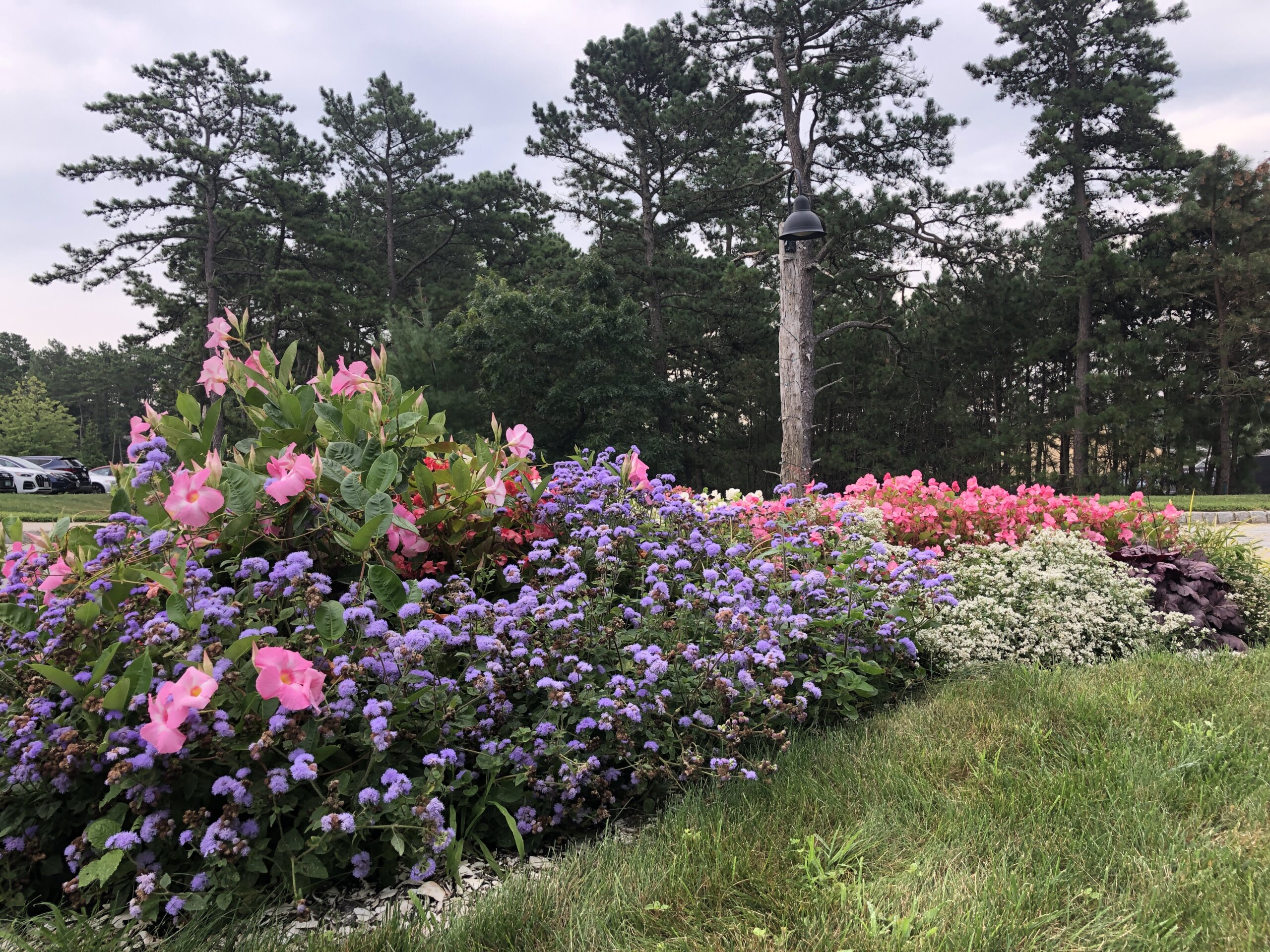
A robust garden is inspirational. With the variety of textures and colors, captivating movement and the scent of blossoms, observers can hardly help but be enchanted. But the process of transformation — from a plot of dry earth (or weeds!) to a plethora of blooms — requires time, attention and dedication. Just like building the content for your online presence.
5 business lessons from a bountiful garden
1. Bow to the bees, birds and butterflies
A garden’s fragrant blossoms and eye-catching pops of color delight the senses. More importantly, they captivate bees, butterflies and hummingbirds, which help pollinate flowers so they can produce seeds. Birds collect and spread the seeds, spawning growth and new plants that further enhance the garden.
In business, the bees, birds and butterflies are prospective clients and partners who also need to be wooed. Capture their attention with skilled use of thematic and well-crafted language supported by dramatic and impactful images. Build kinship with relatable experiences and shared struggles.
2. Nurture the soil to build a strong foundation
The most important factor for a healthy garden is the quality of the soil. Optimal soil conditions can be created by adding nutrients, sand or compost and then tilling the dry soil, which allows the air, water and nutrients to penetrate the plant roots. Gardening experts note that good soil is the key to “everything when growing — successful germination, vigorous growth, great harvest, [and] weed, pests and disease control.”
Like the nutritious soil in a garden, a robust and highly functional online presence is “the key to everything” for a business. To generate healthy growth, a business needs a compelling website, leveraged through active and optimized online channels. Original, valued content should be offered in desirable and consumable formats.
3. Jump-start your garden with easy growers
Your grand vision and enthusiasm notwithstanding, a prolific garden takes time to mature. Start with hardy, low-maintenance plants that grow quickly; then add resilient and fast-growing blooms of various types and sizes to provide color and visual interest. Build for the future by including a mix of annuals (which have a longer blooming season) and perennials (which regrow yearly). To keep your garden vibrant and varied from spring through fall, choose flowers with different blooming seasons.
Your business’ hardy growers are represented by website FAQs, case studies and blog posts, along with regularly scheduled social content featuring testimonials, actionable tips and guidance. Ungated instructional content, such as free guides and how-to videos serve as your fast-growing blooms. Maintain a lively presence all year long with a mix of evergreen and seasonal content.
4. Bide your time to cultivate growth
For many New Englanders and those in other regions with temperate climates, spring is eagerly anticipated. A teasing springlike day in March finds runners in shorts and smiling businesspeople enjoying a coffee or lunch outdoors in the city. But a random warm spell cannot support the new growth of a spring garden; planting too early may mean seeds don’t sprout or delicate seedlings will die. Sunlight/shade, moisture level and soil conditions also impact the health of new and established shrubs and plants.
Nurturing new leads requires a gentle hand. A potential future client who engages on social, subscribes to your blog or email newsletter, or downloads a website asset is like a delicate seedling that must be treated with grace and respect. Aggressive followup can be akin to planting too early or overwatering. Create the optimal growing conditions by allowing email subscribers to choose topics of interest and preferred cadence. Respect boundaries and provide support as you would stake emerging growth in a spring garden.
5. Proper pruning: Essential to a healthy garden
Proper pruning is more complicated than one might think. Effective pruning adheres to the 3C’s … crossing, competing and crowding. Prime candidates for pruning are branches that cross one another (on the same or adjacent plants), that compete for sunlight, or that crowd or invade the space of a neighboring plant. Timing for pruning is also important; shrubs that flower in the spring (like lilacs) must be pruned in the spring; fall pruning will remove the growth for the next spring’s blooms.
Regular assessments, including pruning, also apply to your website and online presence. Revisit and prune (refresh) older content so it remains relevant … or weed out posts that are simply outdated. When deleting posts, remember to create a redirect, to avoid broken links pointing to the deleted post. Your pruning should also include strategies to shed more sunlight on top content. Harvest strong blog posts and repurpose them into more consumable formats, such as videos and downloadable guides. Review your offered services and trim back content relating to services that are no longer among your core offerings. An annual review (and pruning) of your bio on all online profiles (including your Google Business Profile) is also advisable.



Perfect advice for this beautiful spring!
Thank you Jacqueline!